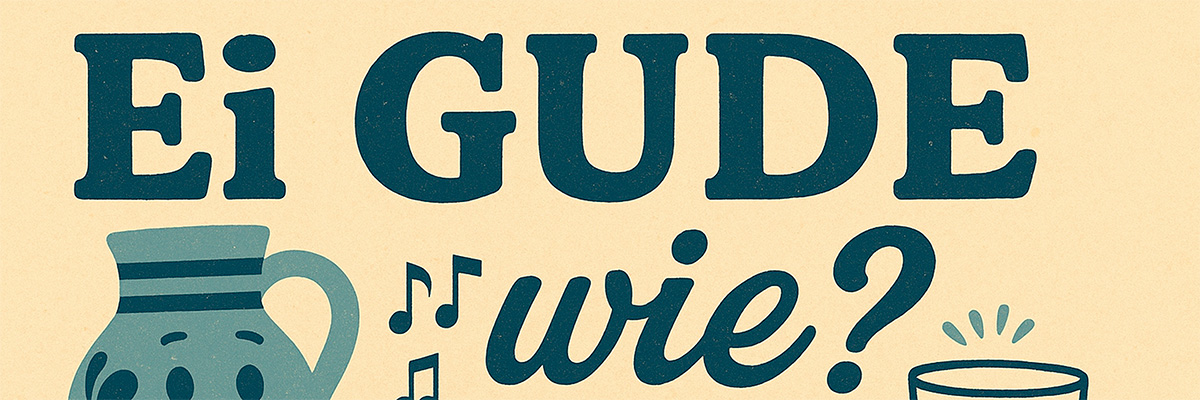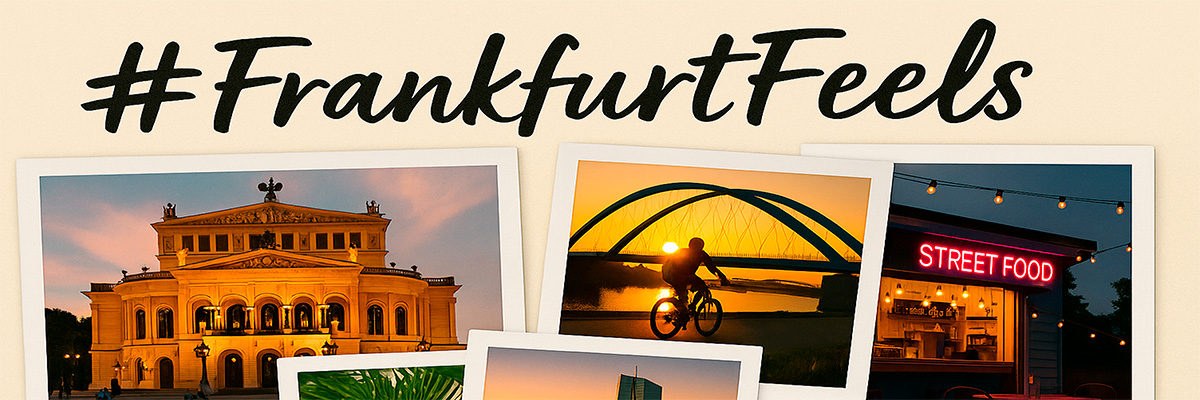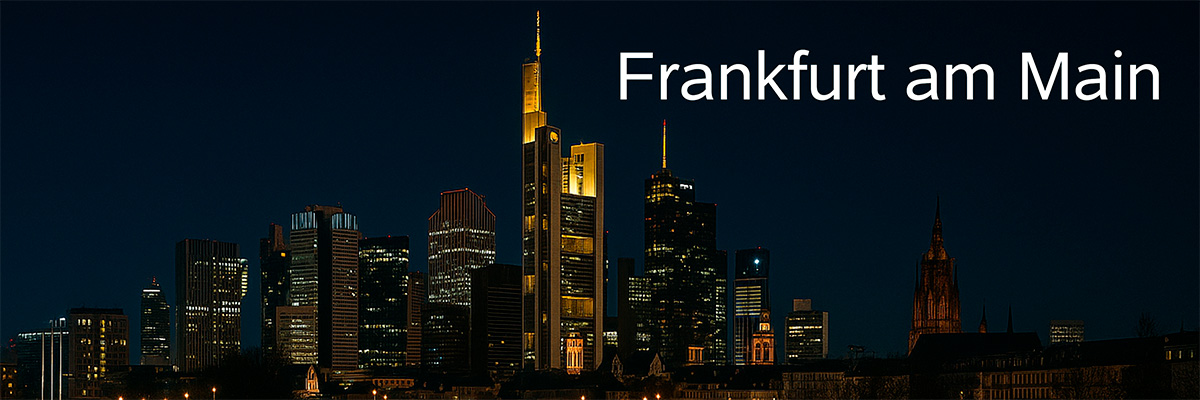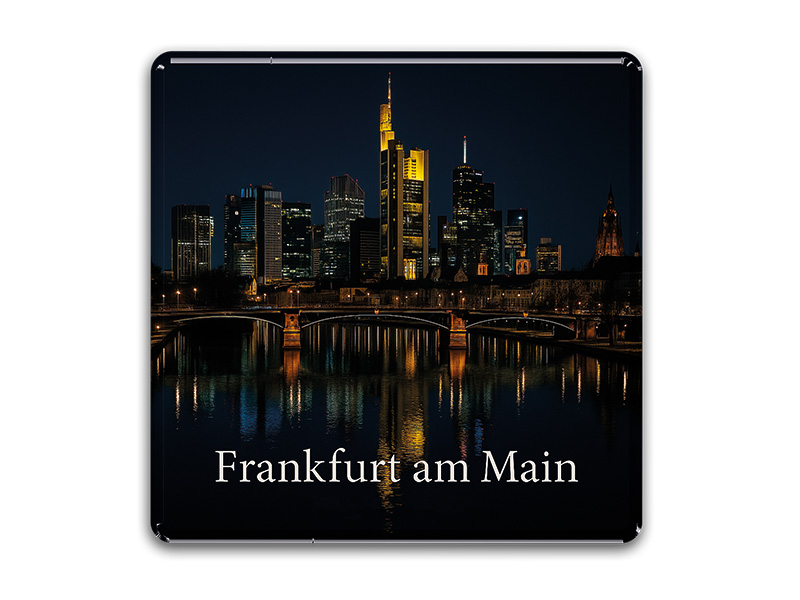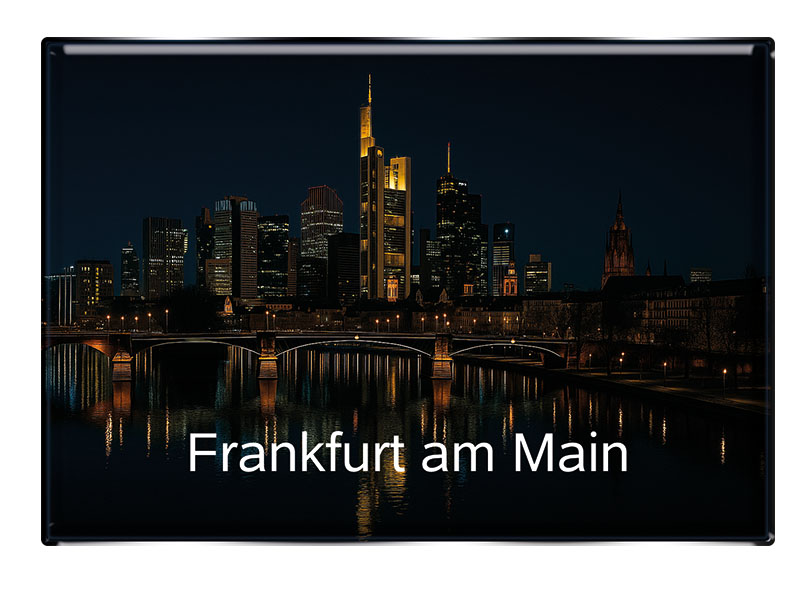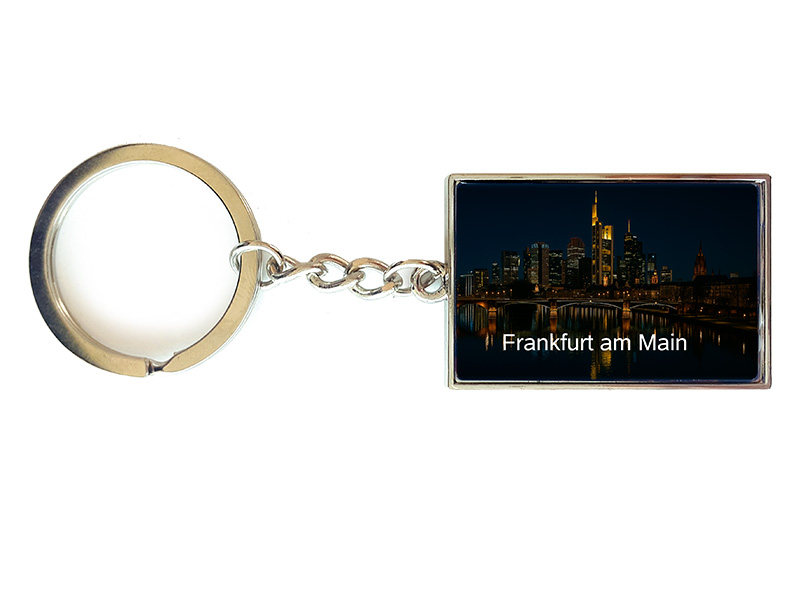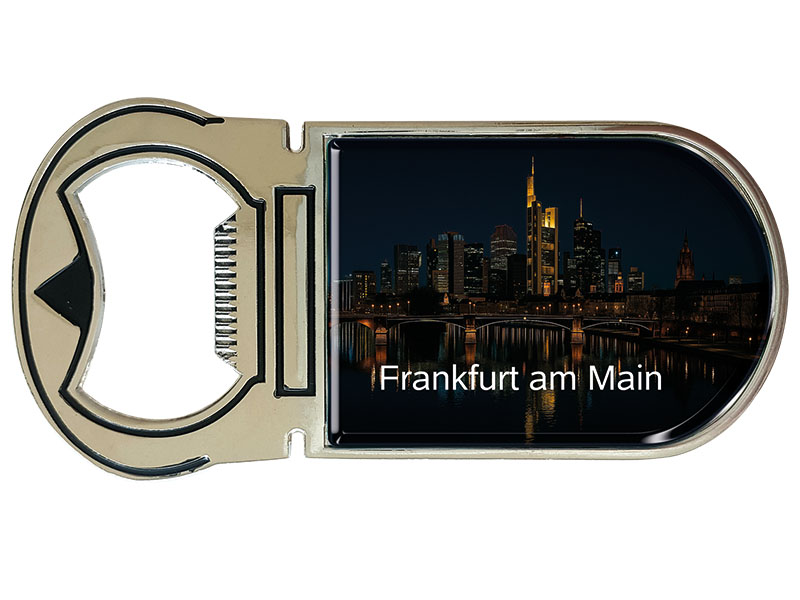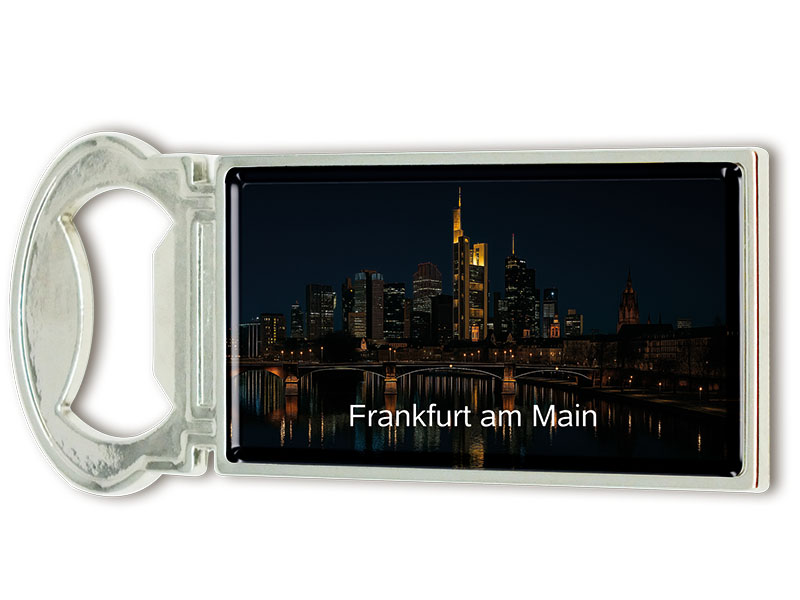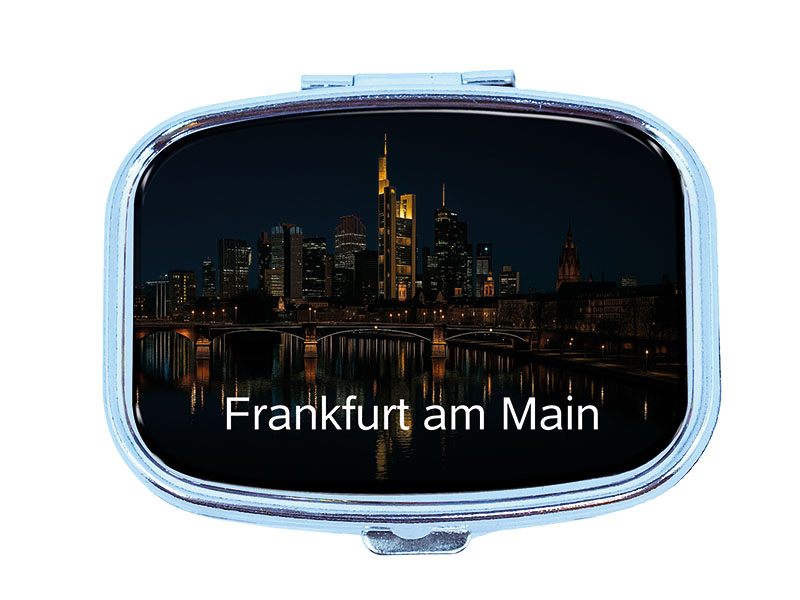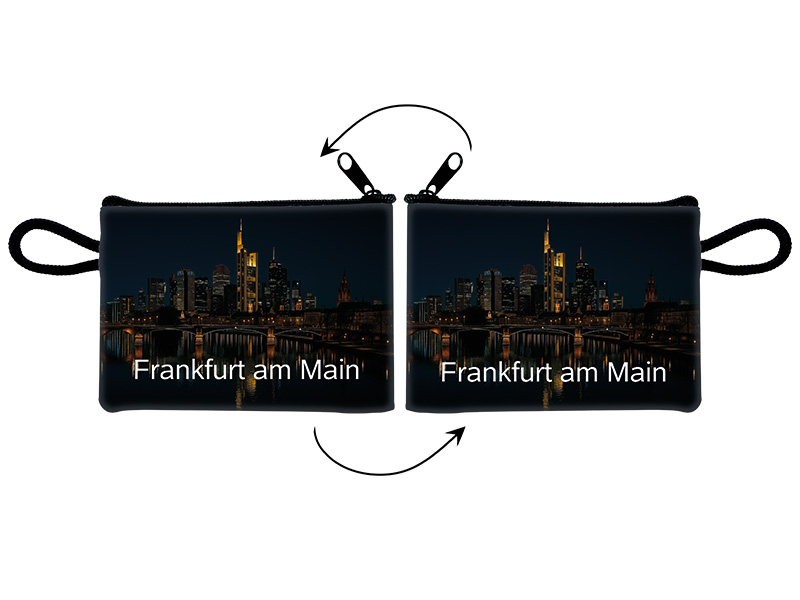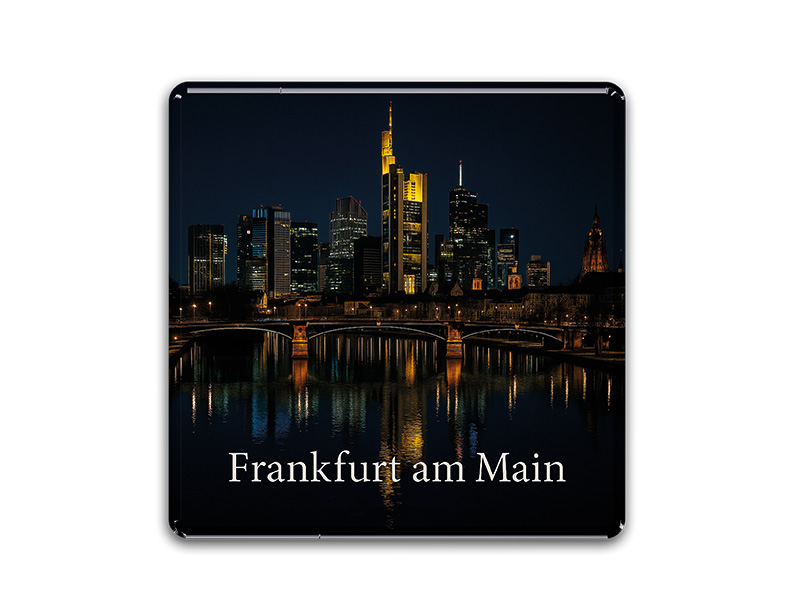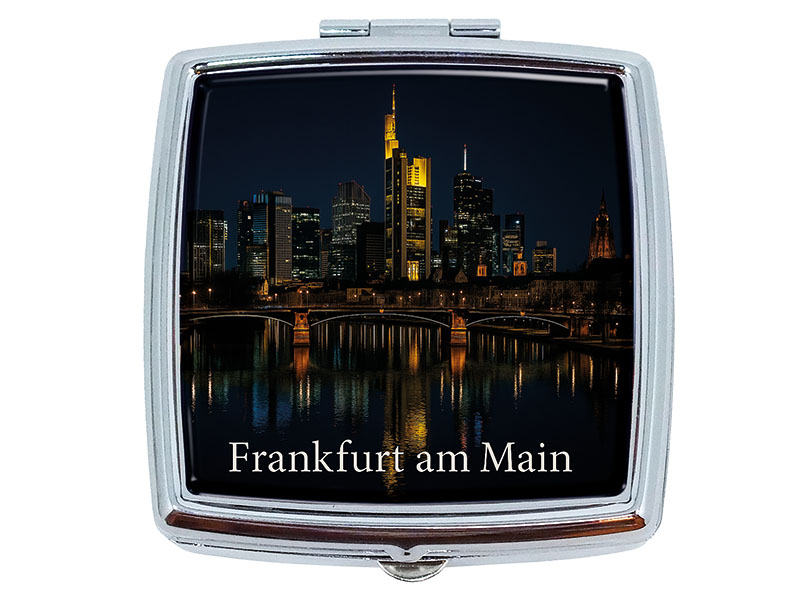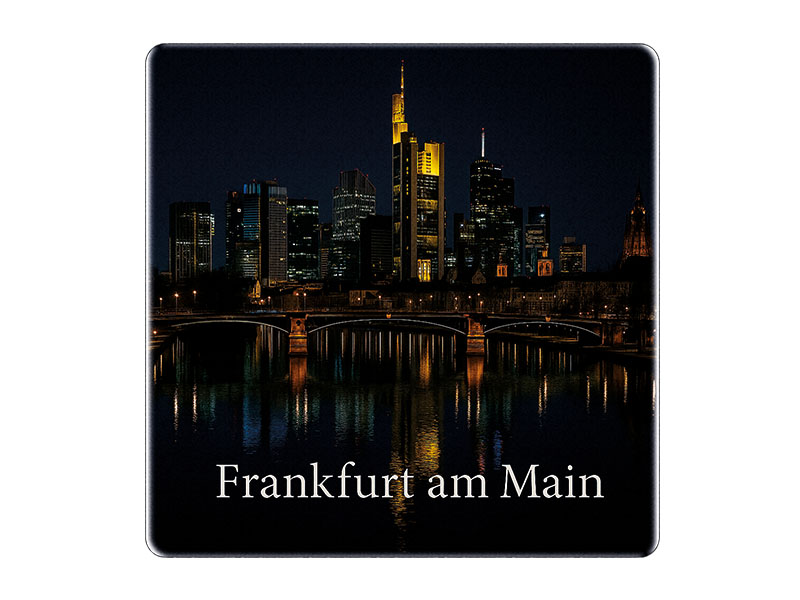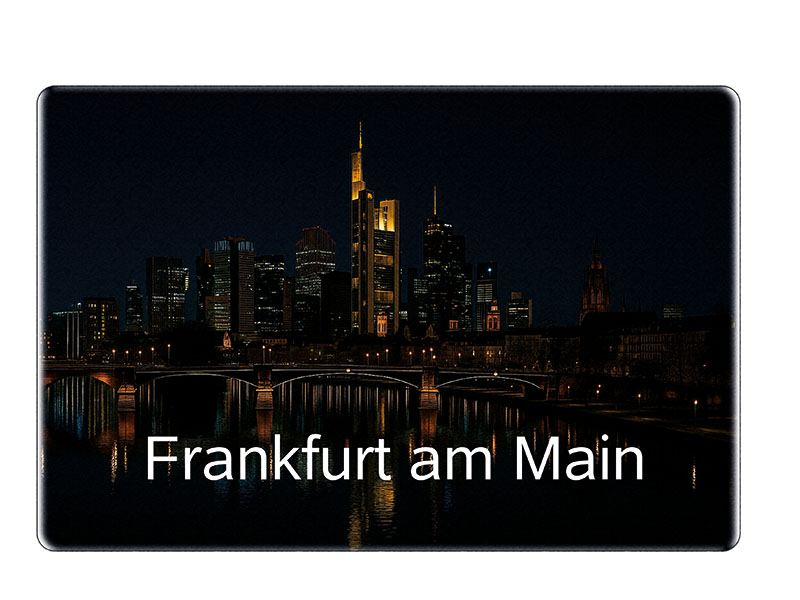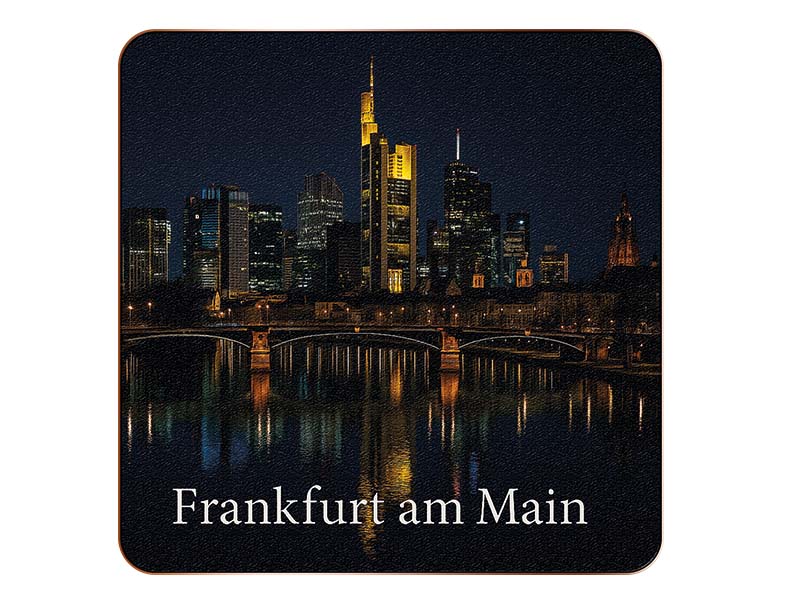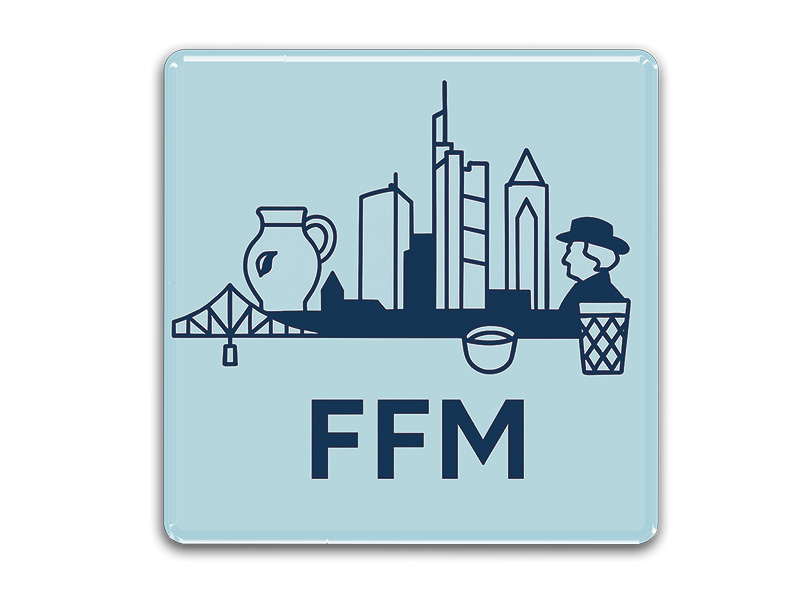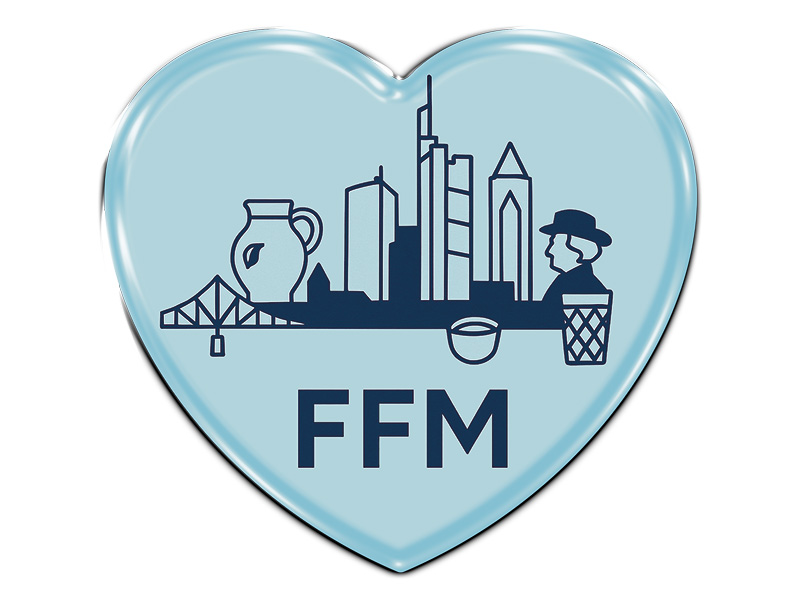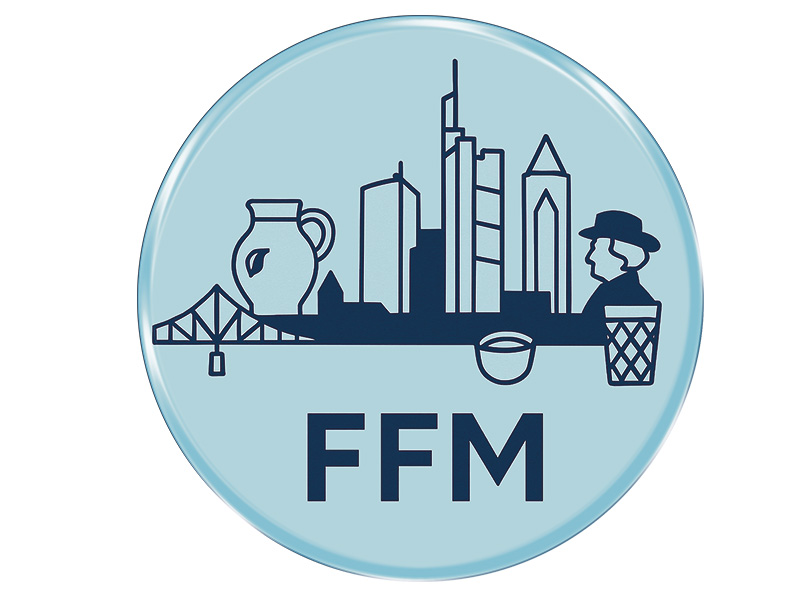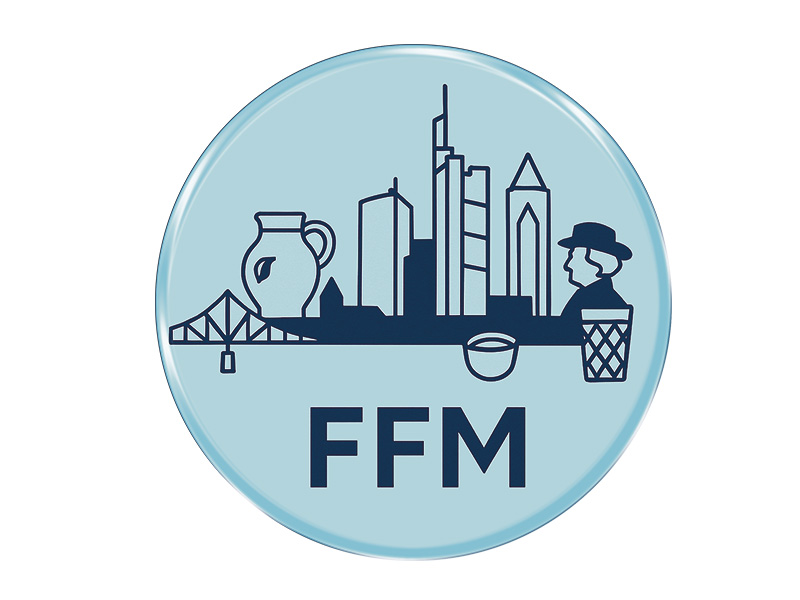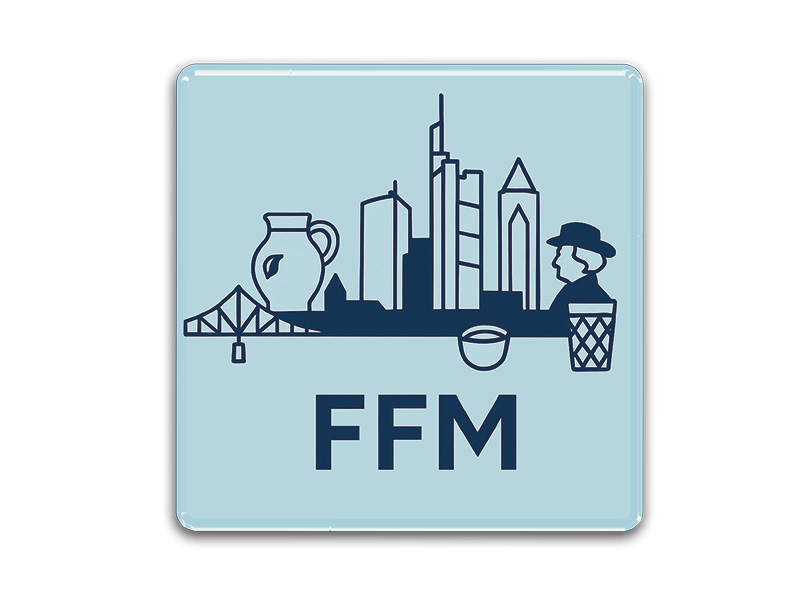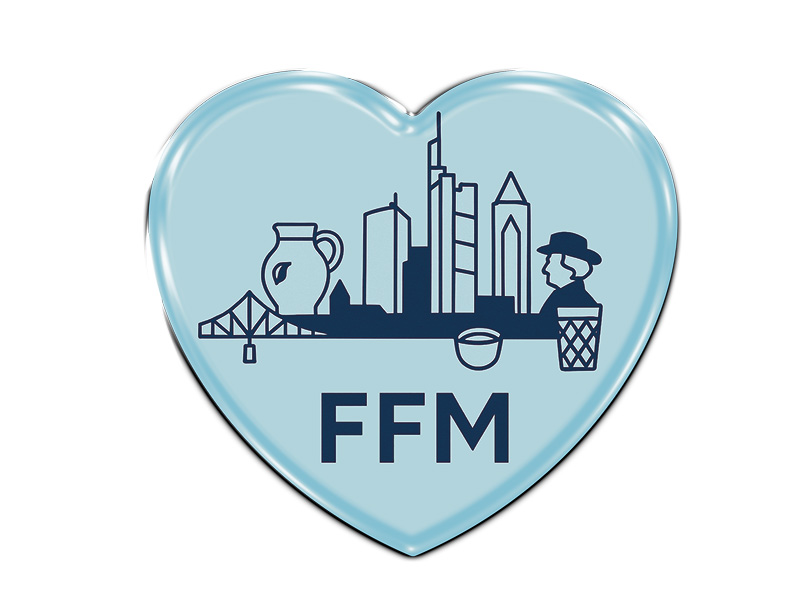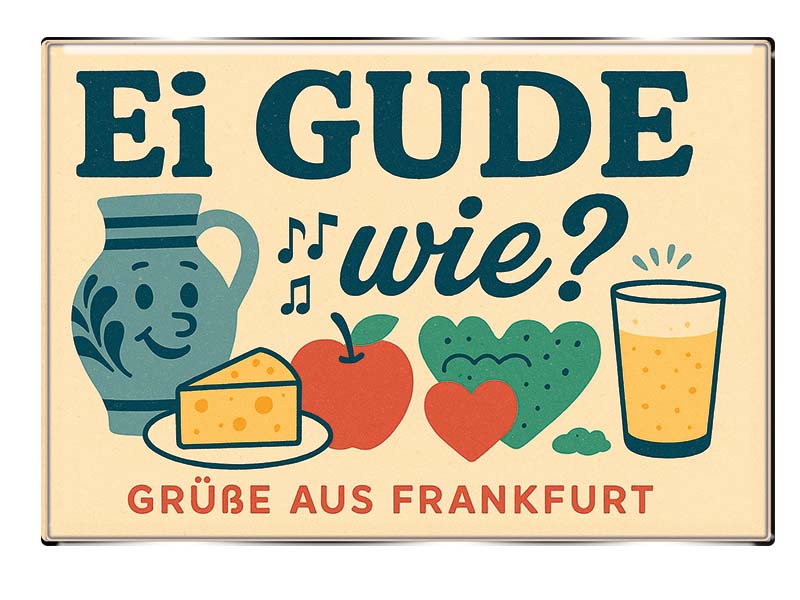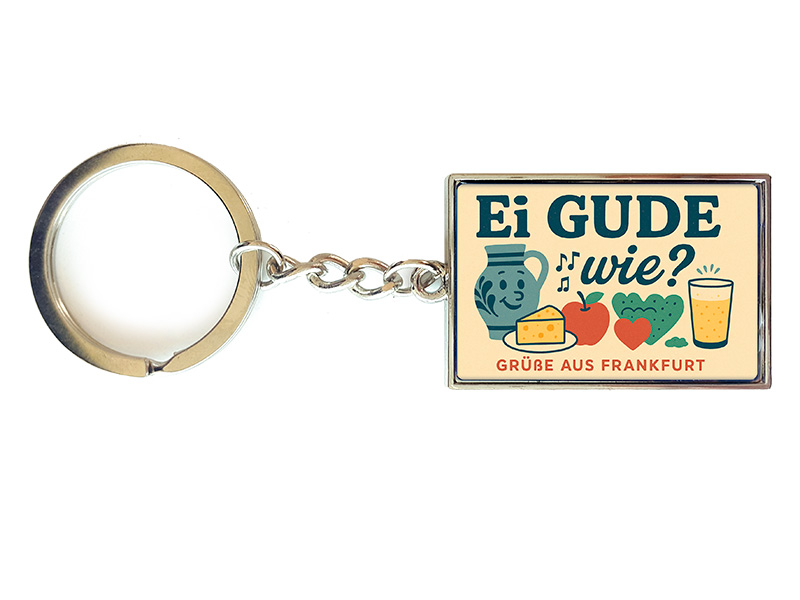- Vehicles
- Figures
- Witches
- Carnival
- Canvas
- Magnets
- Materials
- Maritime
- Hats
- New products
- Personalize
- Plush
- Dolls
- Collectible figures
- Keychain
- Special production
- %Special offers%
- Money boxes
-
Cities - Regions
- Bad Säckingen
- Bamberg
- Bayerischer Wald
- Berchtesgaden
- Berlin
- Bodensee
- Bremen
- Brocken
- Chiemsee
- Cochem
- Dinkelsbühl
- Dresden
- Eibsee
-
Frankfurt
- Freiburg
- Gardasee
- Garmisch-Partenkirchen
- Hamburg
- Harz
- Heidelberg
- Helgoland
- Insel Mainau
- Kleinwalsertal
- Koblenz
- Köln
- Königssee
- Leipzig
- Lübeck
- Mecklenburgische Seenplatte
- München
- Nürnberg
- Oberammergau
- Passau
- Potsdam
- Quedlinburg
- Regensburg
- Rothenburg
- Rügen
- Schwarzwald
- Stuttgart
- Sylt
- Titisee
- Traunsee
- Triberg
- Ulm
- Wernigerode
- Bags/Backpacks
- Textile
- Animal
- Subjects
More information? sign in.
More information? sign in.
More information? sign in.
More information? sign in.
More information? sign in.
More information? sign in.
More information? sign in.
More information? sign in.
More information? sign in.
More information? sign in.
More information? sign in.
More information? sign in.
More information? sign in.
More information? sign in.
More information? sign in.
More information? sign in.
More information? sign in.
More information? sign in.
Frankfurt am Main – A City of History, Modernity, and Diversity
Frankfurt am Main, the largest city in the German state of Hesse, is one of Europe’s most dynamic and diverse metropolises. Known as the financial heart of Germany and often nicknamed “Mainhattan” for its striking skyline along the River Main, Frankfurt blends a deep historical heritage with a global outlook. With its international airport, vibrant culture, world-class museums, historic sites, and rich culinary traditions, Frankfurt attracts millions of visitors each year.
Geographic Location and Federal State
Frankfurt lies in southwestern Germany on the banks of the River Main, in the heart of the Rhein-Main metropolitan region, one of Europe’s strongest economic zones. It belongs to the federal state of Hesse (Hessen) and serves as a major transport hub. The Frankfurt Airport is one of the largest in Europe, while the city’s central train station and autobahn connections make it a crucial junction for both national and international travel.
Population and Urban Structure
Frankfurt has a population of around 775,000 people (as of 2025), making it the fifth-largest city in Germany. However, the wider Rhine-Main metropolitan area is home to over 5.8 million inhabitants. The city is incredibly diverse — about 40% of residents have foreign citizenship or a migration background, contributing to a vibrant, multicultural atmosphere.
The city is divided into 46 districts, each with its own unique character. From the historical charm of Höchst to the bohemian flair of Bornheim, and from the bustling financial district to the relaxed riverbanks of Sachsenhausen, Frankfurt offers an exceptional variety of urban experiences.
History and Origins
Frankfurt’s origins date back to Roman times, but it was first mentioned in documents in 794 AD as “Franconofurd” — meaning “ford of the Franks.” The name referred to a shallow crossing of the Main River, which made it an important location for trade and travel.
In the Middle Ages, Frankfurt became a key commercial center and gained prominence as a site of imperial coronations. Starting in 1356, under the Golden Bull, Frankfurt was officially designated as the place where the Holy Roman Emperors would be elected. It became a Free Imperial City in 1372, granting it significant autonomy within the empire.
Frankfurt also became known for its trade fairs, which began as early as the 13th century and continue today with events like the Frankfurt Book Fair and Ambiente. In 1848, Frankfurt made history as the site of the first freely elected German parliament, which convened in the St. Paul’s Church (Paulskirche), marking a significant milestone in German democracy.
During World War II, much of Frankfurt’s historic city center was destroyed by Allied bombing raids. The post-war reconstruction emphasized modern architecture, though recent decades have seen efforts to rebuild historical areas, such as the Dom-Römer Quarter, in traditional styles.
Main Attractions and Landmarks
Despite wartime destruction, Frankfurt boasts a wealth of fascinating landmarks and cultural highlights:
-
Römer and Römerberg Square: The historic town square with beautiful timber-framed houses and the iconic “Römer” city hall, in use since the 15th century.
-
St. Bartholomew’s Cathedral (Kaiserdom): A towering Gothic church that once hosted the coronations of Holy Roman Emperors.
-
Paulskirche (St. Paul’s Church): A key site in German history, where the first German parliament gathered in 1848.
-
Alte Oper (Old Opera House): A grand concert venue, lovingly restored after wartime damage, offering a wide range of performances.
-
Museum Embankment (Museumsufer): A cluster of some of Germany’s most prestigious museums, including the Städel Museum, German Film Museum, and Museum of Communication.
-
Main Tower: One of Frankfurt’s tallest skyscrapers with a public observation deck, offering breathtaking views over the city and beyond.
-
Palmengarten: A botanical garden featuring exotic plants, tropical greenhouses, and peaceful walking paths.
-
Goethe House: The birthplace of Germany’s most famous poet, Johann Wolfgang von Goethe, restored to reflect 18th-century bourgeois life.
Tourism and Annual Visitors
Frankfurt is one of Germany’s most visited cities. Before the COVID-19 pandemic, it welcomed over 10 million overnight stays annually, and those numbers are once again climbing. Visitors are drawn to the city’s mix of history, modern architecture, events, and culture.
Trade fairs play a huge role in the city's tourism economy. Events like the Frankfurt Book Fair, IAA Mobility (formerly International Motor Show), and Light + Building attract hundreds of thousands of international attendees. In addition, the Frankfurt Airport brings a steady stream of transit tourists, many of whom choose to explore the city during layovers.
Famous People Born in or Connected to Frankfurt
Frankfurt has been home to many notable individuals throughout its long history:
-
Johann Wolfgang von Goethe (1749–1832): Germany’s greatest literary figure, born and raised in Frankfurt.
-
Anne Frank (1929–1945): Born in Frankfurt, she became famous posthumously for her diary written while in hiding during the Holocaust.
-
Paul Ehrlich (1854–1915): Nobel Prize-winning physician and pioneer of modern medicine, worked in Frankfurt.
-
The Rothschild Family: The prominent banking dynasty originated in Frankfurt’s Jewish quarter in the 18th century.
-
Jürgen Klopp (although born in Stuttgart): The well-known football coach has lived in Frankfurt and maintains strong connections to the city.
-
Daniel Brühl, international actor, spent part of his childhood in Frankfurt.
Today, the city continues to attract celebrities, scientists, artists, and business leaders due to its international flair, strong economy, and high quality of life.
Typical Food and Drinks
Frankfurt’s culinary traditions are hearty and rooted in local culture:
-
Frankfurter Grüne Soße (Green Sauce): A cold sauce made from seven herbs, typically served with boiled eggs and potatoes or meat. It is one of Frankfurt’s signature dishes.
-
Handkäse mit Musik: A sour milk cheese marinated with onions, vinegar, and caraway. The “music” refers to the digestive effects of the onions.
-
Frankfurter Rippchen: Cured pork ribs served with sauerkraut and mashed potatoes — a beloved regional specialty.
-
Frankfurter Würstchen: Thin, lightly smoked sausages known across the world.
-
Bethmännchen: A sweet made from marzipan, powdered sugar, and almonds, traditionally served during the Christmas season.
Apfelwein (Apple Wine) is Frankfurt’s most iconic beverage. Also known as “Ebbelwoi” in local dialect, it is a tart cider served in a "Geripptes" glass (with a diamond pattern) and often poured from a stone jug called a Bembel. Apfelwein taverns, especially in the Sachsenhausen district, are a popular and authentic way to experience local life.
Typical Souvenirs
Visitors looking to take home a piece of Frankfurt will find many charming options:
-
Bembel and Apfelwein glass sets: A perfect gift for cider lovers.
-
Bethmännchen: Delicious marzipan treats, often beautifully packaged.
-
Miniatures of famous landmarks: Small models of the Römer, the Main Tower, or the cathedral are popular souvenirs.
-
Goethe memorabilia: From books to busts, items celebrating Germany’s greatest poet.
-
Frankfurter sausages: Vacuum-packed for easy transport.
-
Eintracht Frankfurt merchandise: For football fans, scarves and jerseys from the city’s beloved Bundesliga team make for perfect keepsakes.
Conclusion
Frankfurt am Main is a city of contrasts and harmony. It brings together historical grandeur and ultramodern architecture, regional traditions and global sophistication, tranquil green spaces and bustling business districts. Whether you are a history enthusiast, foodie, art lover, or business traveler, Frankfurt offers something unique for everyone. Far more than just a financial center, Frankfurt is a city full of life, charm, and rich heritage — a truly unforgettable destination in the heart of Europe.

